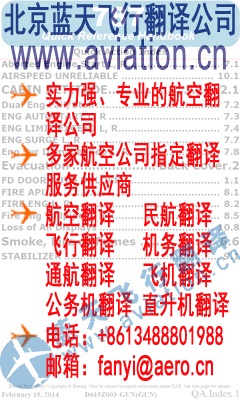To view this page ensure that Adobe Flash Player version
9.0.124 or greater is installed.
曝光台 注意防骗 网曝天猫店富美金盛家居专营店坑蒙拐骗欺诈消费者
Day
Night
Visibility
Day
Night
Turbulence SE ME Make/Model
Surface Wind Speed
Surface Wind Gust
Crosswind Component
Performance SE ME Make/Model
Shortest runway
Highest terrain
Highest density altitude
Step 5: Adjust for specific conditions.
4
Federal Aviation
Administration
Developing Personal Minimums
Think of personal minimums as the human factors equivalent of reserve fuel. Personal minimums should provide a solid safety buffer between:
.
Skills required for the specific flight, and
.
Skills available to you through your training, experience, currency, and proficiency.
Step 1 – Review Weather Minimums
Step 2 – Assess Weather Experience and
Personal Comfort Level
Step 3 – Consider Winds and Performance
Step 4 – Assemble Baseline Values
Step 5 – Adjust for Specific Conditions
Step 6 – Stick to the Plan!
Step 1: Review definitions for VFR & IFR weather minimums. Step 2(b): Enter values for weather experience/ “comfort level.”
Category Ceiling Visibility
VFR greater than 3,000 AGL and greater than 5 miles
MVFR 1,000 to 3,000 AGL and/or 3 to 5 miles
IFR 500 to 999 AGL and/or 1 mile to less than 3 miles
LIFR below 500 AGL and/or less than 1 mile
Experience & “Comfort Level” Assessment Combined VFR & IFR
Weather Condition VFR MVFR IFR LIFR
Ceiling
Day
Night
Visibility
Day
Night
CERTIFICATION LEVEL
Certificate level (e.g., private, commercial, ATP)
Ratings (e.g., instrument, multiengine)
Endorsements (e.g., complex, HP, high altitude)
TRAINING SUMMARY
Flight review (e.g., certificate, rating, Wings)
Instrument Proficiency Check
Time since checkout in airplane 1
Time since checkout in airplane 2
EXPERIENCE
Total flying time
Years of flying experience
RECENT EXPERIENCE (last 12 months)
Hours
Hours in this airplane (or identical model)
Normal Landings
Crosswind landings
Night hours
Night landings
Hours flown in high density altitude
Hours flown in mountainous terrain
IFR hours
IMC hours (actual conditions)
中国通航网 www.ga.cn
通航翻译 www.aviation.cn
本文链接地址:General Aviation Pilot’s Guide to Preflight Weather Planning, Weather Self-Briefings, and Weather Decision Making(20)
| 



